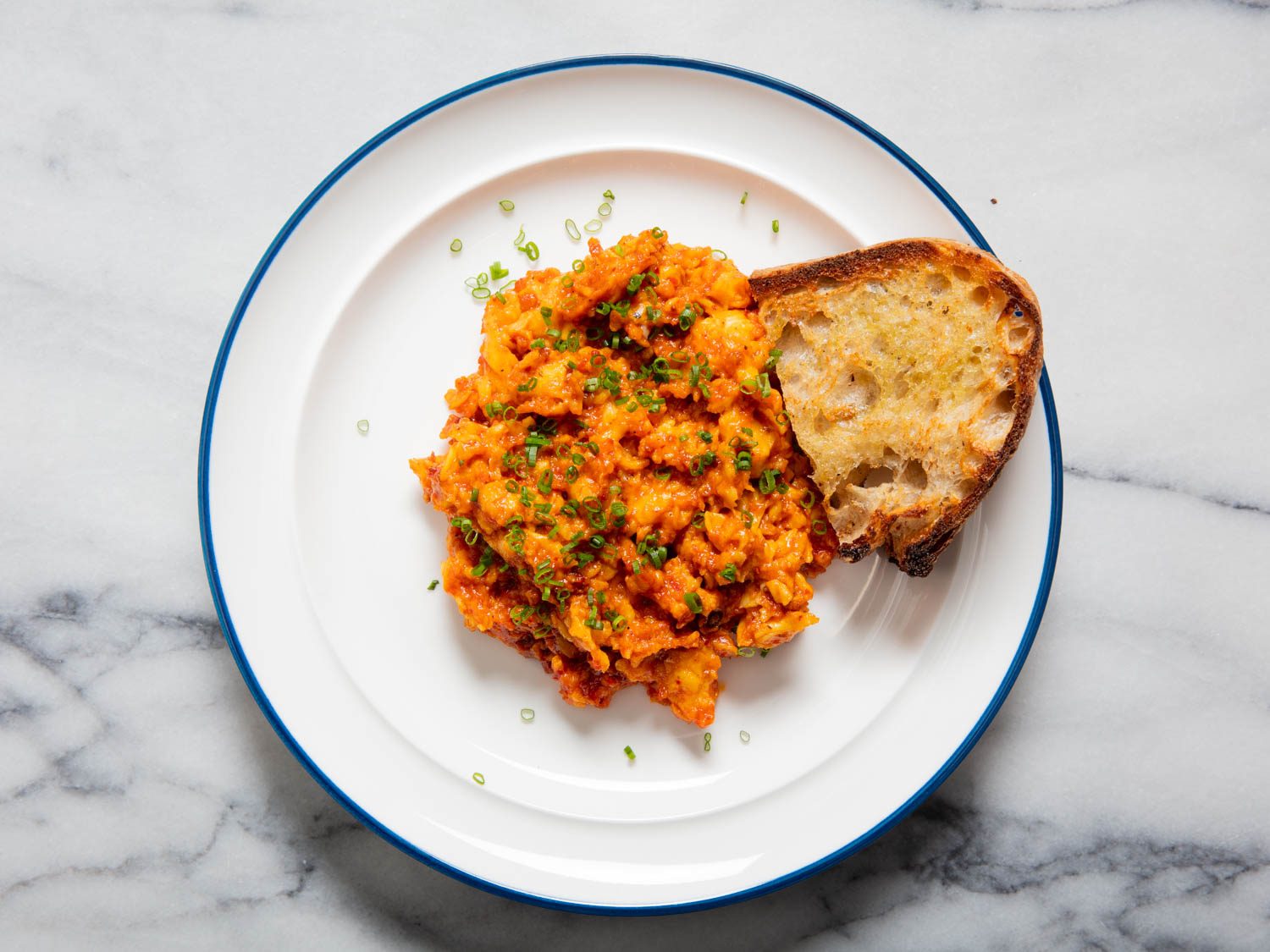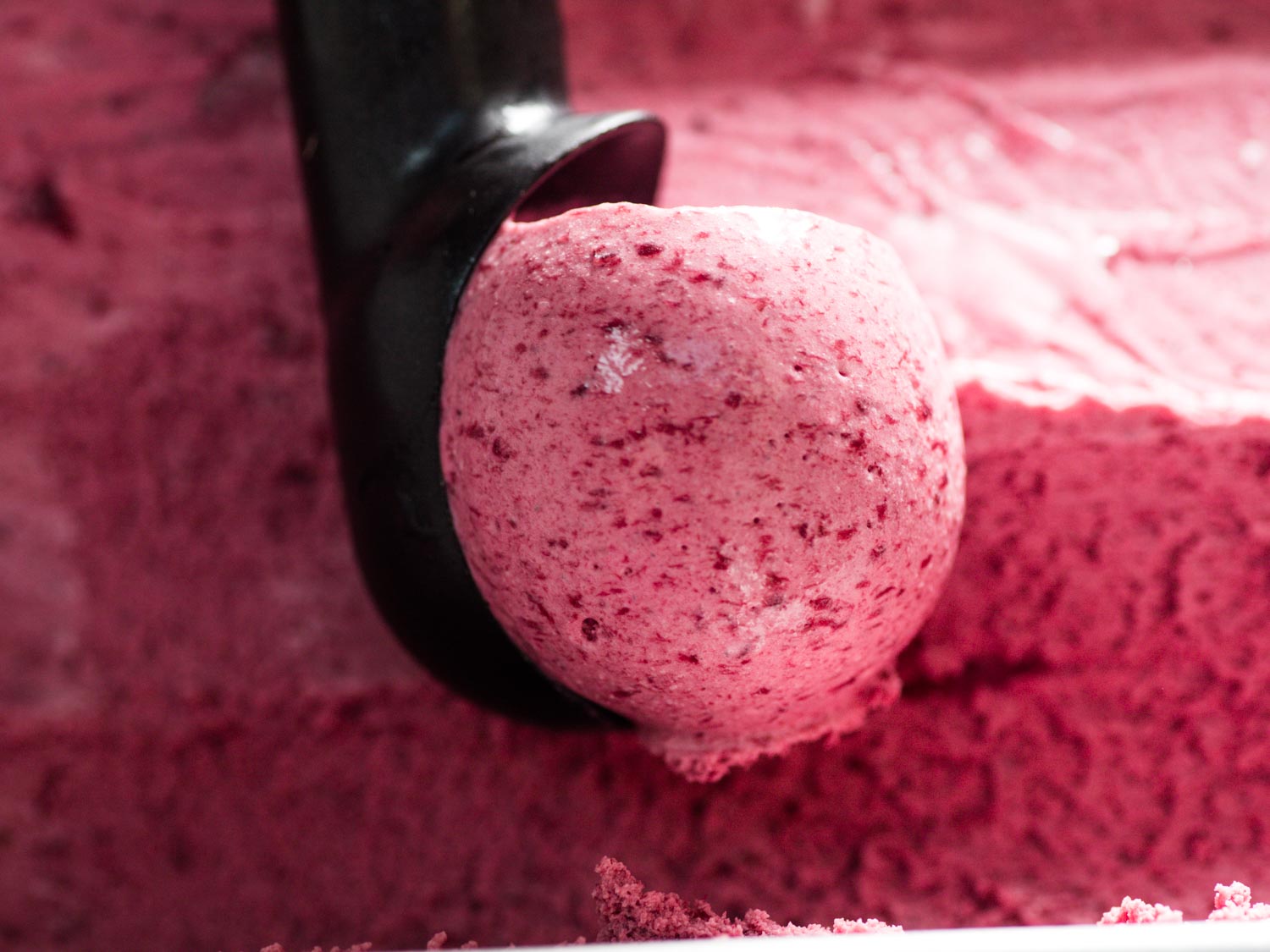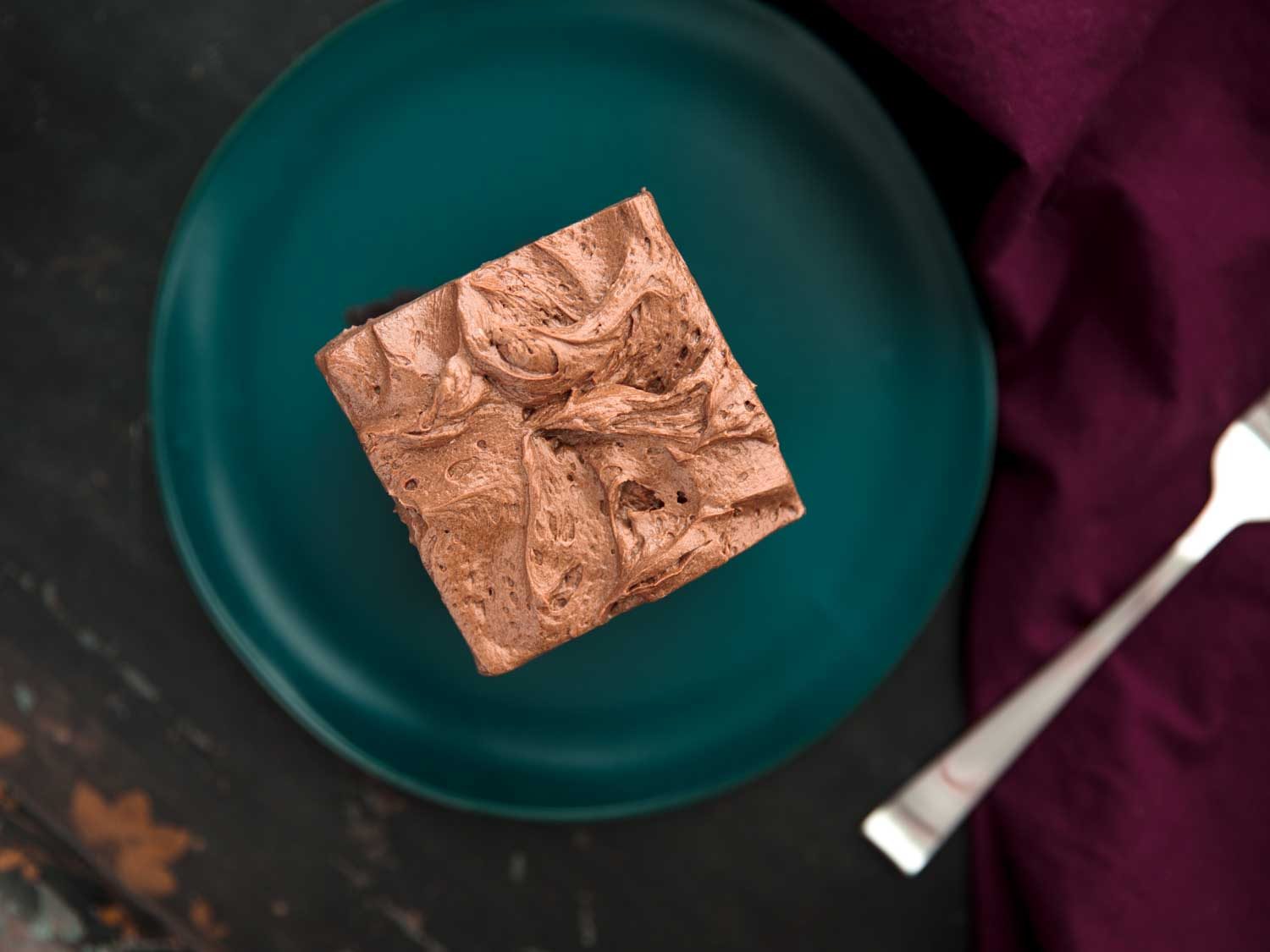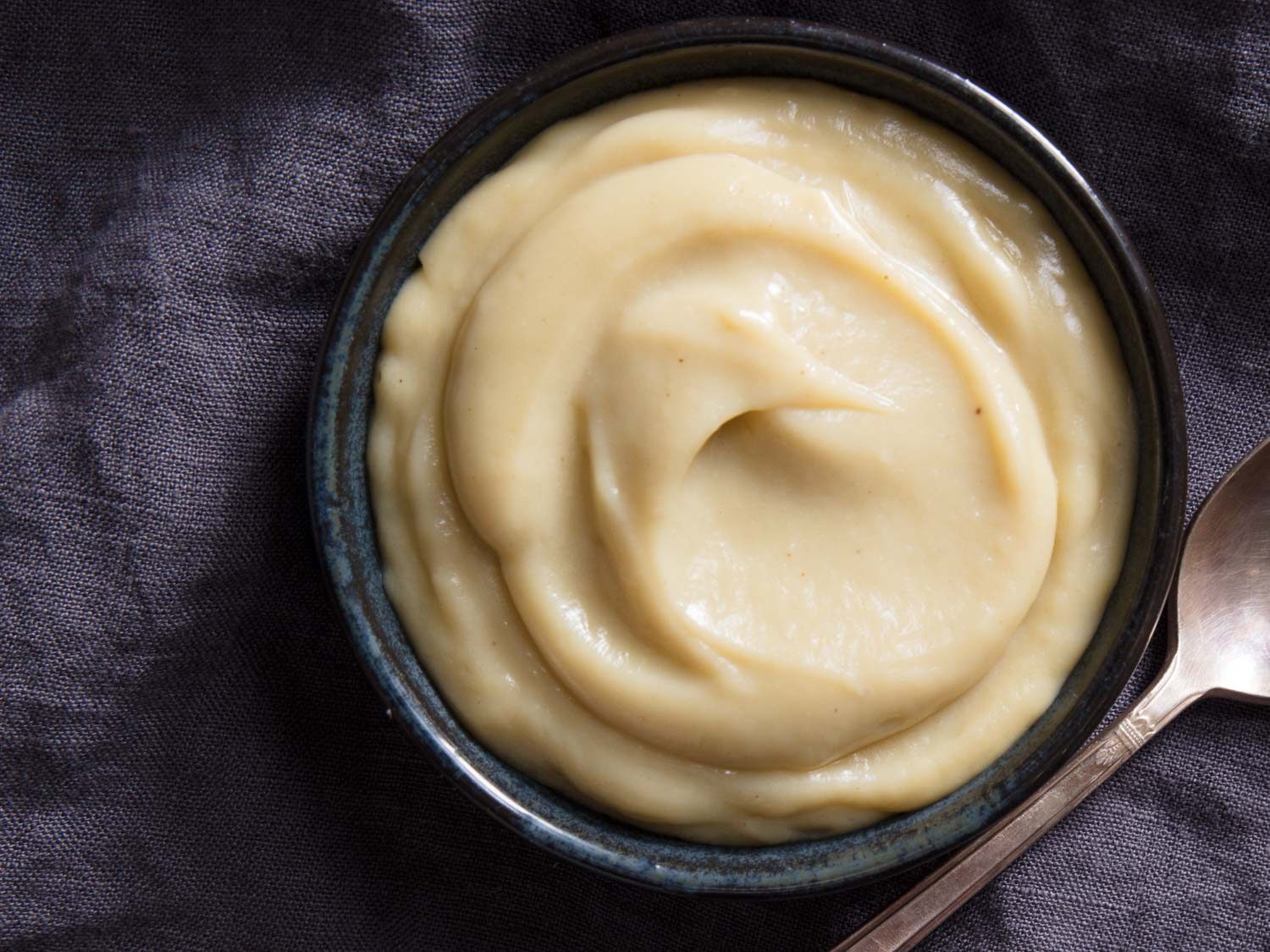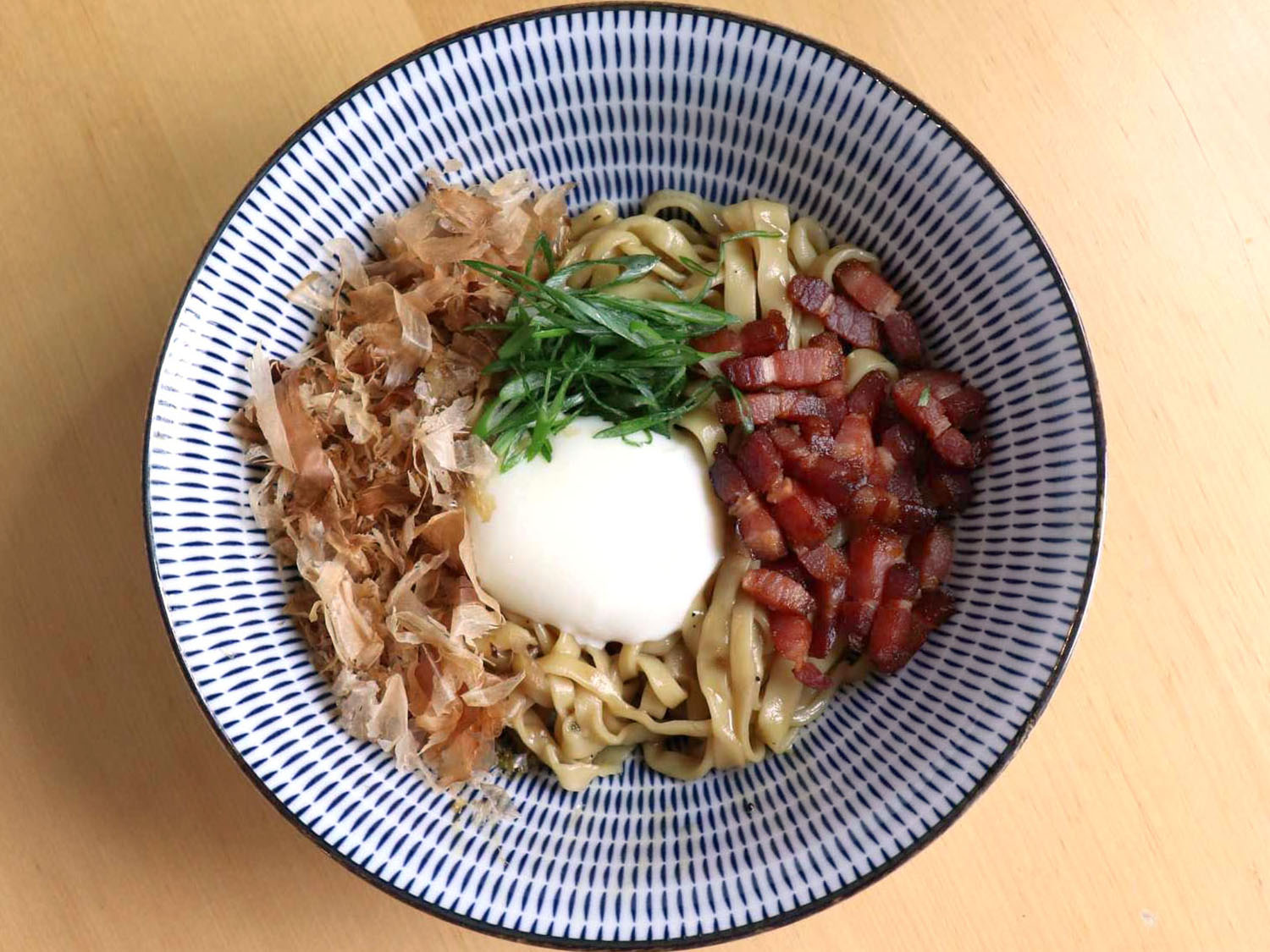
[Photographs: Sho Spaeth]
Editor’s Note: To proactively mitigate the spread of Covid-19, the Serious Eats staff is operating remotely for the foreseeable future. Here’s how we’re handling the resulting limitations.
What if you took pasta carbonara but made it with alkaline noodles instead? That sounds great!
But what if, instead of just subbing in ramen for spaghetti, you took the idea further, offering a carbonara-ish flavor profile but added in some flavors that are more identifiably Japanese: soy sauce, mirin, and the savory, smoky shaved flakes of fermented, smoked, cured, and dried bonito? Well, then you’d be some kind of ramen genius.
Sad to say, but I’m not a ramen genius. But Yuji Haraguchi, of the eponymous Yuji Ramen, is. This recipe is an attempt to clone the bacon and egg mazemen Haraguchi has served at Yuji Ramen since it first opened as a pop-up at a Whole Foods in New York. It’s a testament to how good the dish is that it’s never left the menu.
Mazemen, for those who are unfamiliar, is a soup-less ramen, essentially highly seasoned alkaline noodles with a range of toppings, all of which are meant to be mixed thoroughly together once served (maze means “mix”). Think of it like the noodle version of bibimbap, or those KFC bowls of mashed potatoes, fried chicken nuggets, gravy, and corn.
While Yuji Ramen usually offers its bowl with some kind of green vegetable, typically kale, I chose to offer this recipe in its most stripped-down form, since that means you probably have everything you need to make it in your house. Most people will have bacon of some kind in their fridge as well as eggs. And if you keep a reasonably well-stocked pantry of Japanese ingredients, you’ll likely have soy sauce, mirin, rice vinegar, and katsuobushi on hand, too (although, do note, the katsuobushi, while delicious, is optional).
The one ingredient that could seem daunting to procure is the noodles themselves, but fear not: You can use noodles from your stash of instant ramen (just save the seasoning packet for dumping over popcorn). You can also use pasta boiled in alkaline water for a reasonable approximation, a method I generally look down upon for ramen in soup, but I find acceptable for mazemen.
You can also just make ramen yourself, using nothing more than flour and baked baking soda (if you don’t have bread flour or vital wheat gluten, you can just use all-purpose flour; the noodles will be slightly less snappy but edible nonetheless).
The recipe has been written to produce two portions of bacon and egg mazemen for a reason, namely that it’s easier to dress the noodles properly, even when using the largest mixing bowl at your disposal, than it is to dress three or four portions (or more). But so long as you only dress two portions at a time, the recipe scales quite well.
Published at Wed, 18 Mar 2020 10:30:28 +0000

